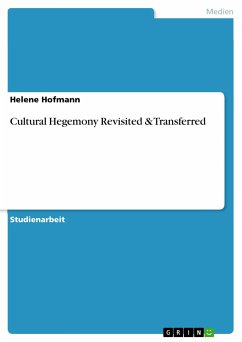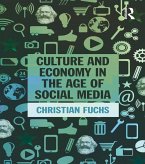Studienarbeit aus dem Jahr 2013 im Fachbereich Medien / Kommunikation - Theorien, Modelle, Begriffe, , Sprache: Deutsch, Abstract: No other medium is growing as fast as the Internet and the Social Web. According to Mende, Oehmichen and Schröter (2013), the number of users of the Internet and Web 2.0 applications in Germany literally exploded in the past fifteen years - a growth that is unique in the history of media development. While in 1997 only 7% of the German population used the Internet at least occasionally, we are now able to record 76% onliners in all age groups, and even 99% onliners in the youngest age group (14-29 years of age) (p. 35). When it comes to social networking sites - as an example for Social Web applications - Mende et al. report a rapid development. In 2007, merely 7% of online users said they were present in social networks, only five years later, however, there were 37% of onliners that used social networking sites. In the young age group, over three quarters (76%) of the online users are actively involved in social networks (p. 44), demonstrating that these applications will be of great significance as well in the future. These figures underline the immense expansion of the Social Web and its increasing importance, not only for the users, but also for researchers. So if social media are among, if not the most important mass medium of our time - why not apply classical theories that helped to examine the conventional mass media such as newspapers, radio and TV to the new media? This paper aims to revisit the theory of cultural hegemony and its link to mass media and later on transfer it from this classical frame to a whole new type of media - the social media. Central questions will be: Is the phenomenon of cultural hegemony to be found in the context of social media? Which aspects of the theory can be properly transferred to the new media?
Dieser Download kann aus rechtlichen Gründen nur mit Rechnungsadresse in A, B, BG, CY, CZ, D, DK, EW, E, FIN, F, GR, HR, H, IRL, I, LT, L, LR, M, NL, PL, P, R, S, SLO, SK ausgeliefert werden.









